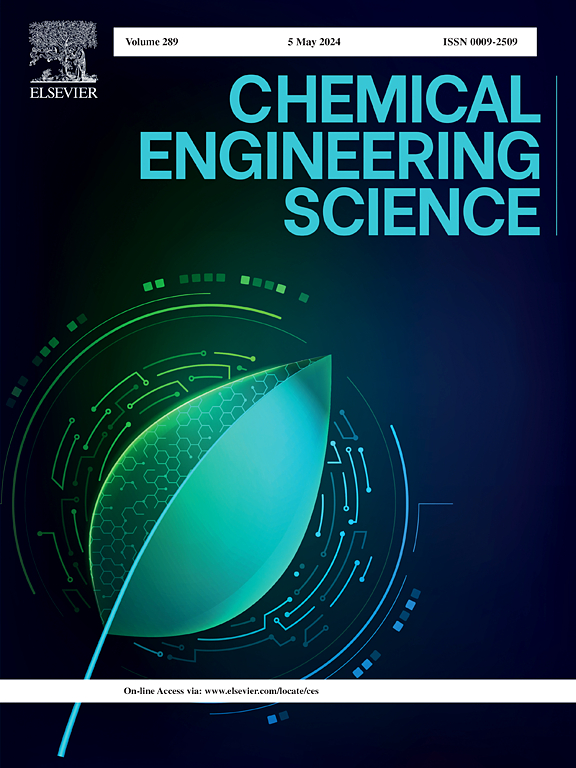用于研究微纳米碳酸盐岩缝中流体运移的仿生微流控芯片的制作
IF 4.1
2区 工程技术
Q2 ENGINEERING, CHEMICAL
引用次数: 0
摘要
矿物之间的流体流动涉及复杂的物理化学耦合效应,使用真实岩心作为反应器进行表征是一项重大挑战。这是由于岩石岩心缺乏流体可视化能力,以及它们的高度非均质结构。本研究介绍了一种仿生微流控芯片制造方法,该方法可以在微纳米尺度上直接观察流体-矿物相互作用,并具有大规模生产的可扩展性。采用机器学习算法从天然岩石样品中提取裂缝结构;其次,采用软光刻技术以1:1的比例复制裂缝;最后,通过碳酸钙矿物的原位生长对裂缝表面进行修饰,从而建立高保真的碳酸盐岩裂缝流体运移模型。值得注意的是,该方法为关键变量提供了可调参数,例如多孔结构、矿物类型和矿物表面的物理化学性质。这使得它成为深入研究复杂条件下流体输送机制的理想平台,例如化学剂对裂缝的密封作用或储层中油气的运移。本文章由计算机程序翻译,如有差异,请以英文原文为准。
Biomimetic microfluidic chip fabrication for studying fluid transport in micro- and nanoscale carbonate rock fracture
The flow of fluids between minerals involves complex physicochemical coupling effects, and using real rock cores as reactors for characterization presents significant challenges. This is due to the lack of fluid visualization capabilities in rock cores, as well as their highly heterogeneous structure. This study introduces a biomimetic microfluidic chip fabrication method that enables the direct observation of fluid-mineral interactions at the micro- and nanoscale, with the added benefit of scalability for mass production. The fabrication process starting with machine learning algorithms are employed to extract fracture structures from natural rock samples; second, soft lithography is utilized to replicate these fractures at a 1:1 scale; and finally, the fracture surfaces are modified through in situ growth of calcium carbonate minerals, thereby creating high-fidelity models of carbonate rock fractures for fluid transport. Notably, this method offers tunable parameters for key variables, such as porous structures, mineral types, and the physicochemical properties of mineral surfaces. This makes it an ideal platform for in-depth studies of fluid transport mechanisms under complex conditions, such as the sealing effects of chemical agents on fractures or the migration of oil and gas in reservoirs.
求助全文
通过发布文献求助,成功后即可免费获取论文全文。
去求助
来源期刊

Chemical Engineering Science
工程技术-工程:化工
CiteScore
7.50
自引率
8.50%
发文量
1025
审稿时长
50 days
期刊介绍:
Chemical engineering enables the transformation of natural resources and energy into useful products for society. It draws on and applies natural sciences, mathematics and economics, and has developed fundamental engineering science that underpins the discipline.
Chemical Engineering Science (CES) has been publishing papers on the fundamentals of chemical engineering since 1951. CES is the platform where the most significant advances in the discipline have ever since been published. Chemical Engineering Science has accompanied and sustained chemical engineering through its development into the vibrant and broad scientific discipline it is today.
 求助内容:
求助内容: 应助结果提醒方式:
应助结果提醒方式:


